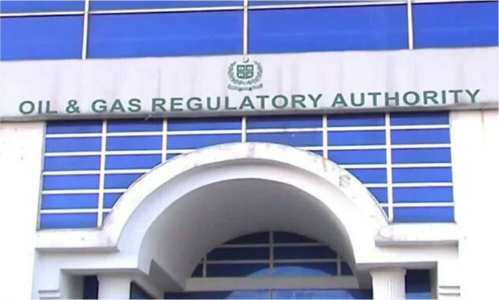The OPEC+ group complied 101 percent with the oil production cuts in October, keeping a high level of conformity ahead of the crucial meetings over the next two weeks, which will decide if the alliance will reverse course on easing the cuts given the worsening demand outlook.
The compliance last month has been estimated at 101 percent, three sources at OPEC+ told Reuters on Friday.
This assessment is subject to official review by the Joint Technical Committee (JTC) of OPEC+, which is meeting on Monday, November 16, a day before the monthly meeting of the Joint Ministerial Monitoring Committee (JMMC) scheduled for Tuesday.
In September, the overall compliance of the OPEC+ pact participants was at 102 percent, the highest since May 2020, the JMMC said after its meeting in October, when it urged full compliance with the quotas and “reminded all participating countries of the necessity to be vigilant and proactive given the precarious market conditions and prospects.”
The market conditions and prospects have become even more precarious in the month since the mid-October meeting, as major economies in Europe re-imposed various forms of lockdowns and curfews to fight the renewed spike in COVID-19 cases. Earlier this week, OPEC revised down its expectations for global oil demand—its fifth consecutive downward revision—as the coronavirus resurgence is slowing down the oil demand recovery.
Slowing demand recovery and a surge in production among OPEC’s own, exempt member Libya, after an eight-month-long port blockade, is prompting the OPEC+ group to reconsider its plans for easing the current cuts by 2 million bpd in January.
Next week’s JMMC meeting doesn’t have the authority to change a deal, but it can recommend actions to the full OPEC+ meeting scheduled for December 1, with an OPEC meeting set for November 30.
OPEC+ is now considering a three- to six-month delay to the originally scheduled ramp-up, while a deeper cuts option has failed to gain much traction, delegates told Bloomberg this week.





